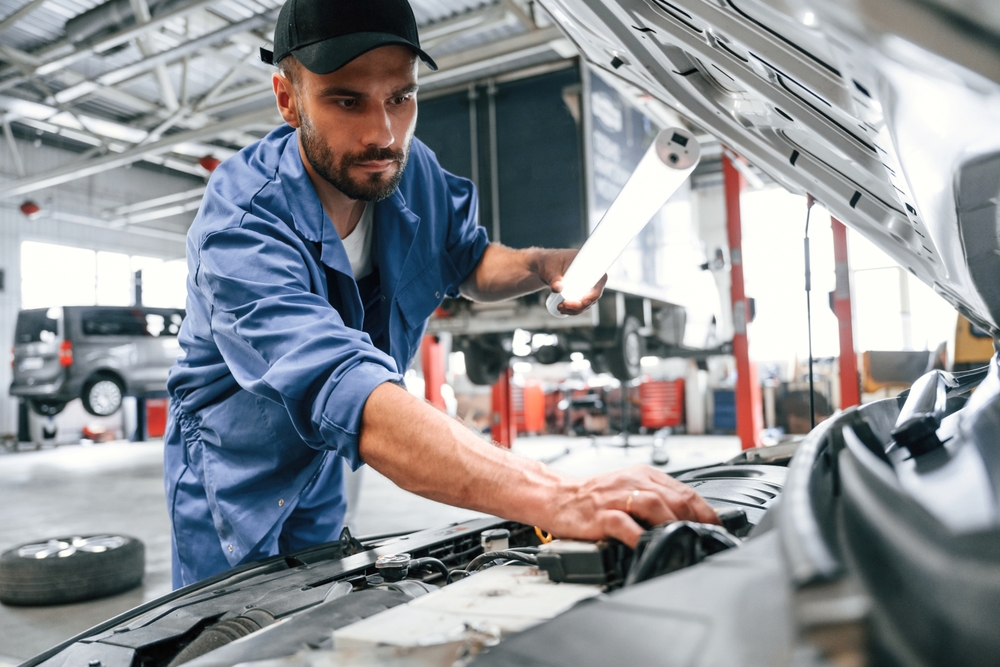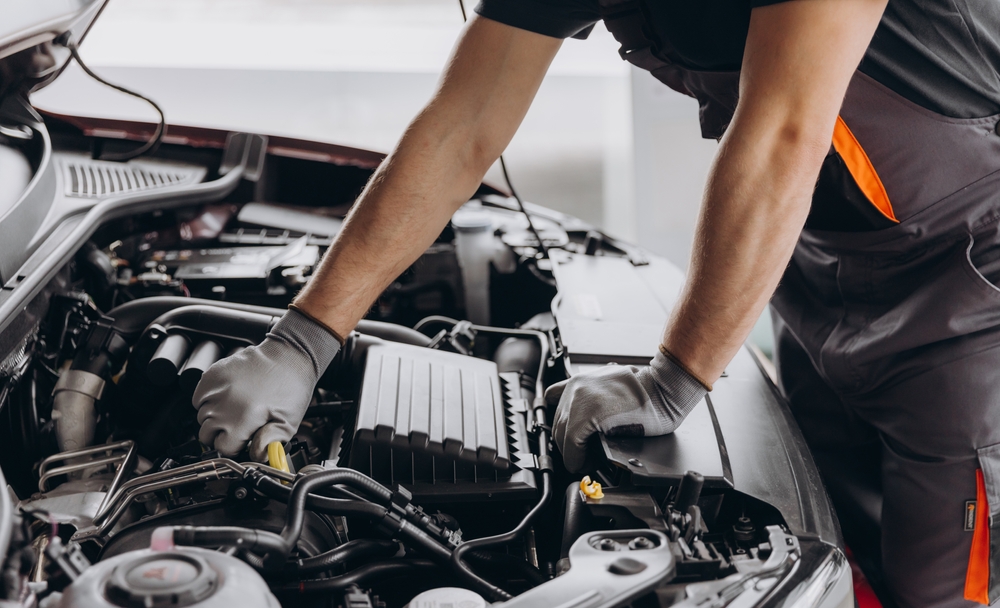Car ownership is expensive enough without throwing money at myths disguised as “maintenance musts.” Somewhere between old-school wisdom and internet advice, drivers have picked up a lot of bad information that ends up draining wallets for no good reason. Your car doesn’t need to be babied like a fragile heirloom, but it does need smart care based on facts—not fables from the gas station coffee counter.
According to real mechanics, there are plenty of outdated “rules” that just don’t hold up anymore. Buckle up, because we’re about to blow up eight common car maintenance myths that might be costing you cash every single year.
Myth #1: You Need an Oil Change Every 3,000 Miles
This myth refuses to die, even though it’s been outdated for years. Modern engines and synthetic oils are designed to last far longer between oil changes—often up to 7,500 or even 10,000 miles. Mechanics say the 3,000-mile rule was born decades ago, when engines and oils weren’t as advanced. Now, following that advice just means spending money on oil changes you don’t need. Check your owner’s manual for the manufacturer’s recommendation, and your wallet will thank you later.
Myth #2: Premium Gas Makes Every Car Run Better
Unless your car specifically requires premium fuel, you’re literally burning money. Mechanics say many drivers assume higher-octane gas cleans the engine or improves performance, but that’s simply not true for most vehicles. The fuel system is designed for a specific octane level, and using a pricier one doesn’t give you extra power or efficiency. In some cases, it can even make your car run less efficiently. Unless the manufacturer demands premium, stick with regular unleaded—it’s all your car really needs.
Myth #3: You Must Warm Up Your Car for Several Minutes Before Driving
Sure, warming up your car made sense back in the carburetor days, but not anymore. Modern engines are fuel-injected and ready to go after 30 seconds or so. Letting your car idle for long periods just wastes gas and adds unnecessary wear. Mechanics recommend starting your car, waiting half a minute, then gently driving off to let everything warm up naturally. Unless you’re defrosting your windshield in a snowstorm, those long warm-ups are a waste of time and fuel.
Myth #4: Changing the Transmission Fluid Is Always Risky
Some drivers panic at the thought of changing their transmission fluid, fearing it’ll somehow “shock” the system and cause damage. But that’s not how it works—what’s risky is not changing it when you should. Old, dirty transmission fluid can cause slippage, overheating, and costly repairs down the line. Mechanics say the only danger is doing it incorrectly or skipping it entirely. Follow your car’s recommended schedule and you’ll keep that transmission running smoothly for years.
Myth #5: You Need to Replace All Tires at the Same Time
This one depends on your vehicle type, but for most cars, it’s not automatically necessary. Mechanics say you only need to replace all four if there’s a huge difference in tread depth or if your car has an all-wheel-drive system that requires even wear. Otherwise, replacing two at a time—especially if they’re on the same axle—is perfectly fine. Tire shops might push for all four, but that’s often a sales tactic, not a mechanical necessity. The key is matching tread type, size, and brand for proper handling.
Myth #6: Coolant Should Be Changed Every Year
Coolant, also known as antifreeze, has evolved a lot in recent decades. Older formulas broke down faster, which is where this myth originated. Today’s coolants can last five years or even longer, depending on your vehicle and driving conditions. Mechanics say annual flushes are unnecessary and wasteful unless there’s a specific problem like contamination or leaks. Instead of sticking to an outdated yearly routine, check your coolant levels and color regularly and follow the manufacturer’s schedule.
Myth #7: You Should Always Go to the Dealership for Service
Dealerships love to make you believe they’re the only ones qualified to touch your car, but that’s far from true. Certified independent shops often use the same parts and follow the same procedures—sometimes for half the price. Mechanics point out that as long as you keep records of maintenance and use quality parts, your warranty stays intact. In fact, many local shops provide more personalized service than big-name dealerships. Don’t pay extra for a logo on the wall when skilled pros nearby can do the same job for less.
Myth #8: You Need an Engine Flush with Every Oil Change
Ah yes, the infamous “engine flush” upsell—one of the oldest tricks in the automotive playbook. The idea is that special cleaning chemicals will remove sludge and improve performance, but in most cases, they’re completely unnecessary. Modern oils already contain detergents that keep your engine clean, and frequent flushing can even dislodge debris that causes more harm than good. Mechanics say unless your engine is severely neglected, an engine flush does nothing but empty your wallet. Stick to regular oil changes, and your car will stay clean where it counts.
Don’t Let Car Myths Drain Your Wallet
Cars have come a long way, but a lot of the advice people still follow is stuck in the 1980s. The truth is, modern engines, fluids, and technology make many old “maintenance rules” completely obsolete. The real secret to saving money isn’t doing more—it’s doing what’s right for your specific vehicle. So next time a friend or service shop starts pushing one of these myths, you’ll know exactly when to nod politely and drive away.
Have you fallen for any of these myths before? Share your thoughts, stories, or funny maintenance mix-ups in the comments below.
You May Also Like…
5 Credit Card Changes That Happened Without Notice
Why Do Rich People Buy Cheap Cars While Middle-Class Families Don’t?
10 Design Flaws in Modern Cars That Mechanics Are Tired of Fixing
6 Things Thieves Notice About Your Car Before Anyone Else
The Quiet Trend of Seizing Cars Before the Will Is Finalized


